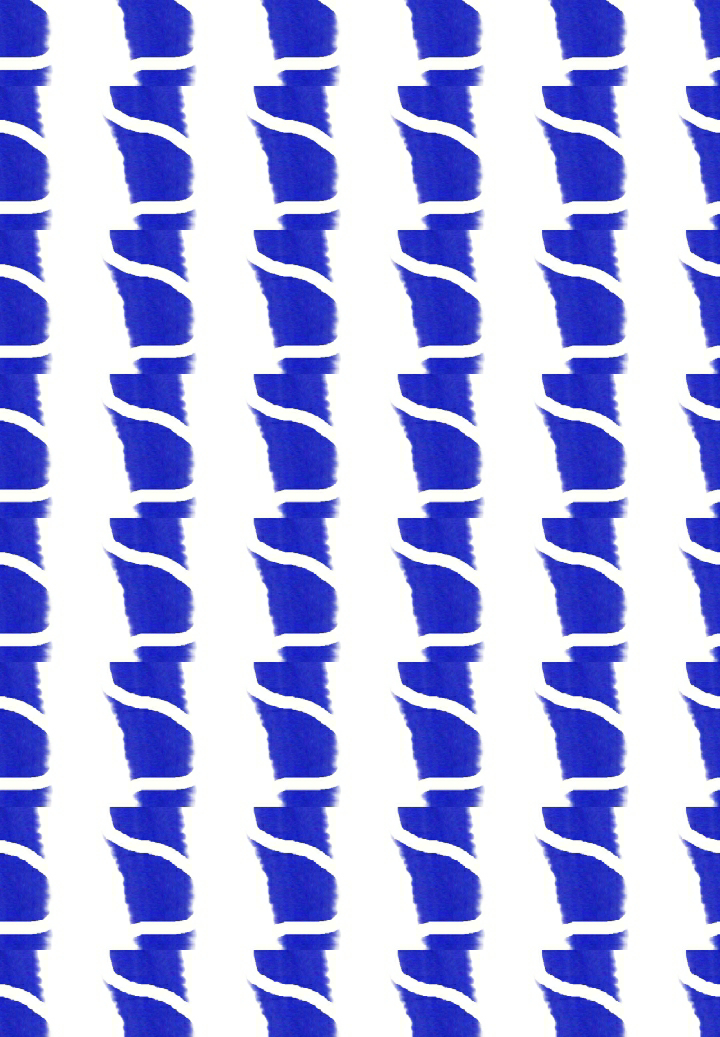Graphic designs Greeting cards

Cubism Blue texture art What to consider, when it comes to achieving the design in graphics? To achieve a design in graphics, consider the following key elements: 1. *Balance*: Harmonious arrangement of visual elements. 2. *Contrast*: Use of color, size, and texture to create visual interest. 3. *Alignment*: Organizing elements along a grid or axis. 4. *Proximity*: Grouping related elements together. 5. *Repetition*: Consistent use of design elements. 6. *Color*: Selecting colors that evoke emotions and convey meaning. 7. *Typography*: Choosing fonts that communicate the message. 8. *Imagery*: Selecting graphics, illustrations, or photos that enhance the message. 9. *Texture*: Adding depth with visual or tactile texture. 10. *Space*: Using negative space to create a clean and simple design. Additionally, consider the following design principles: 1. *Simplicity*: Clarity and ease of understanding. 2. *Hierarchy*: Organizing elements by importance. 3. *Unity*: Visual coherenc...








